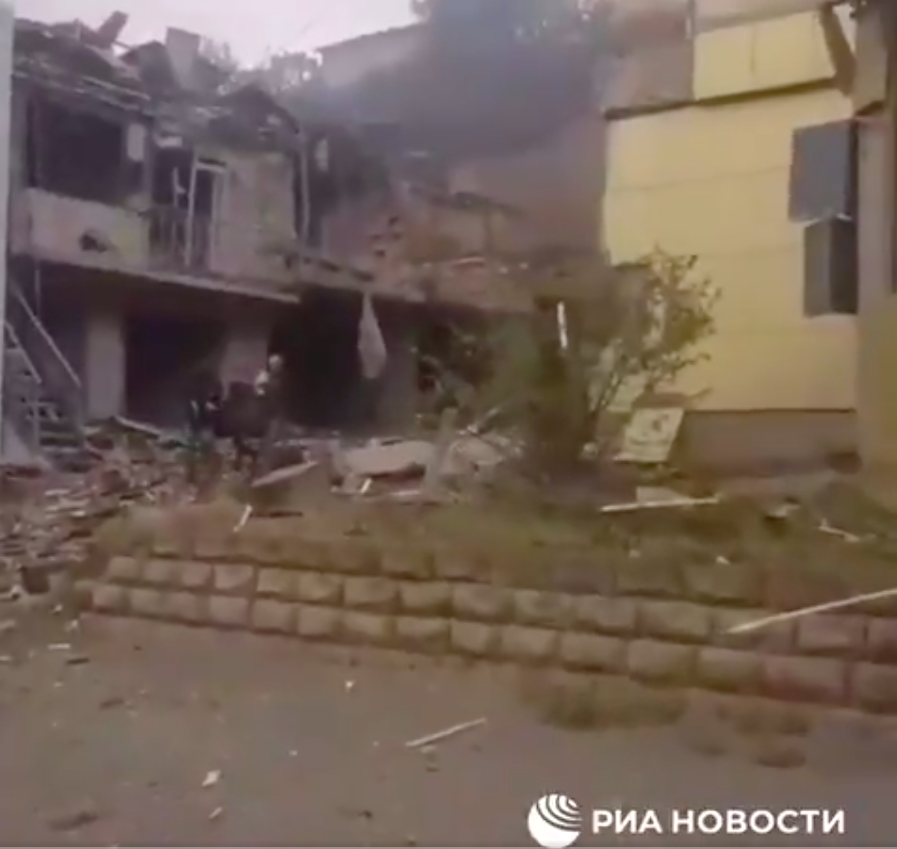
On Nov. 9, an armistice was signed to end the fighting in Nagorno-Karabakh between Armenia and Azerbaijan. The conflict was relatively short lived, lasting from Sept. 27 to Nov. 9, but it proved to be an intense inter-state conflict fought by two heavily armed opponents. Both sides employed advanced military technology, with Azerbaijan proving the decisive victor in the war. The implications of the conflict continue to reverberate well outside the region given its potential significance for regional and great powers alike, while further spurring debates on the character of modern warfare.
Azerbaijan’s successful use of drones proved a tactical sensation, although it broadly confirmed long standing lessons on the devastating effect airpower can have on a large ground force with relatively poor air defenses. The use of unmanned aircraft systems (UAS) in this conflict marks an evolution more so than a revolution in the applications of airpower.
Military establishments look to wars like Nagorno-Karabakh for insights about capabilities, doctrine, operational art and how their forces might fare against similarly armed adversaries or perhaps those with far more capable militaries. The United States is on a quest for defining conflicts, like the Arab-Israeli War of 1973, to shape the direction of its future investments, and consequently looks to wars such as the Russian conflict with Ukraine, or Armenia’s war with Azerbaijan, for lessons learned.
To read more visit Russia Matters.
- Russia Believes Nordstream II Will Begin Delivering Gas To Germany In 2021
- Russians Marvel At American Bolsheviks And Give Fair Warning To The Consequences

